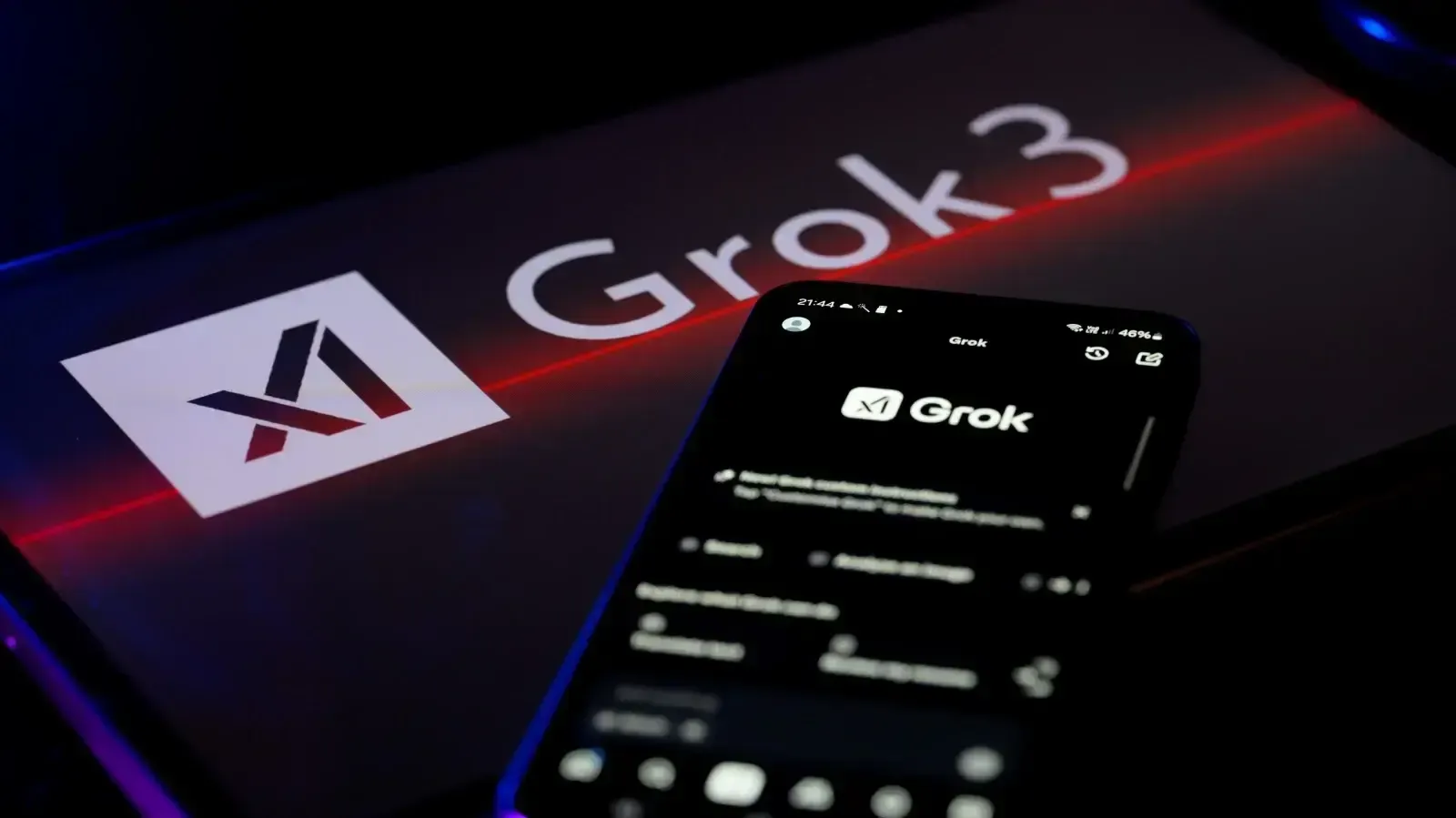
Introduction
Elon Musk’s Grok AI has joined the AI race, bringing a new flavour to the chatbot landscape. Created by xAI, Grok isn’t your standard assistant—it’s sharp-tongued, plugged into real-time content from X (formerly Twitter), and unafraid to challenge the norm.
The recent twist? Microsoft has added Grok to its Azure AI platform. That’s a major development, especially given Microsoft’s existing ties with OpenAI, the creators of ChatGPT. Why host a potential rival? And could this reshape the chatbot market?
Here’s what Grok is, why Microsoft supports it, and how it measures up against ChatGPT.
What Is Grok AI?
Գրոկ Ա.Ի is the latest product of xAI, Elon Musk’s AI company, launched in 2023. While many tools crowd the AI space, Grok stands out.
xAI offers two versions: Grok 3, the full model, and Grok 3 Mini, a lighter alternative. Grok’s integration with X sets it apart, offering real-time access to trending content. Unlike models that rely solely on pre-trained data, Grok can react to live events as they unfold.
It’s also styled differently. Where most chatbots aim for neutral and helpful, Grok leans into humour, sarcasm, and boldness. That tone isn’t for everyone, but it makes interactions feel more human.
Comparison With Other LLMs
Grok’s real-time access to X gives it an advantage for users who want current information. ChatGPT, while powerful, needs extra tools like Bing or plugins for live data.
In personality, Grok feels like a sharp friend with opinions, while ChatGPT comes off more like a helpful guide. That contrast affects how each is used—Grok is more conversational and spontaneous; ChatGPT is precise and structured.
Why Is Microsoft Hosting Grok AI on Azure?
Microsoft adding Grok to Azure raised eyebrows. It’s already invested in OpenAI, so why bring in another player?
Microsoft’s Strategy
The answer: flexibility. Microsoft wants Azure to be the go-to hub for a variety of language models. By including Grok, it expands the range of tools it offers to developers and businesses.
Azure AI Foundry, Microsoft’s LLM platform, is growing fast. Adding Grok supports its goal of becoming a versatile destination for all kinds of AI needs—from formal to informal, corporate to creative.
Impact on Enterprise Users
This gives developers more choices. GPT-4 offers consistency and polish. Grok provides a dynamic, real-time voice. By offering both, Microsoft avoids pushing clients toward other platforms like Google Cloud or AWS.
Grok AI vs. ChatGPT—How Do They Compare?
Technology and Training
Grok 3 is built to rival GPT-4, though it’s not as widely tested yet. It supports long context conversations, maintaining continuity across tasks.
In terms of features like image processing, GPT-4 still leads. It handles multimodal input and vision better. Grok is improving, but isn’t quite there.
Tone, Style, and User Experience
ChatGPT is smooth and structured—ideal for business, academics, and professional tasks. Grok adds humour, sass, and a conversational edge, making it better suited for social commentary or entertainment.
So while ChatGPT is great for writing reports or coding help, Grok feels more natural for reacting to breaking news or casual chat.
Integration Ecosystem
Grok integrates directly with X, pulling tweets and trends into responses. That makes it useful for content creators, marketers, and journalists.
ChatGPT, on the other hand, has an extensive ecosystem: plugins, API support, and memory features that enhance its adaptability for business workflows.
Is Grok AI a Threat to ChatGPT?
That depends on the metric.
In business and enterprise use, ChatGPT still leads. Its reputation, documentation, and performance make it a safe choice for most companies.
But Grok brings something new. It’s different enough to attract users looking for a fresh experience, especially those active on X or craving a less filtered AI interaction.
With Microsoft giving Grok server space on Azure, it gains credibility and access to a broader audience. That could shift perception and open doors.
If xAI expands beyond X and builds additional tools, Grok’s threat to ChatGPT could grow.
What This Means for the Future of AI Chatbots
Microsoft is covering its bases. While it continues to back OpenAI, it’s also making room for Grok. That’s smart in a market where preferences evolve quickly.
For developers, this means more tools under one roof. For users, it means varied experiences—whether you want utility or personality.
This move also shows that the AI competition is still heating up. With Google, Meta, Anthropic, and now xAI in the mix, no single player dominates.
Ultimately, this should lead to better tools for everyone. Whether you need accuracy, creativity, or edge, there’s a model for that.
Conclusion
Grok AI doesn’t replace ChatGPT, but it does shake things up. With Elon Musk’s backing, live data access, and now Microsoft Azure support, it has the potential to grow.
Right now, ChatGPT still rules in reliability and enterprise use. But Grok offers something ChatGPT doesn’t—a distinct voice and connection to what’s happening now.
Would you switch to Grok? That depends on what kind of chatbot experience you’re after.




Թողնել պատասխան